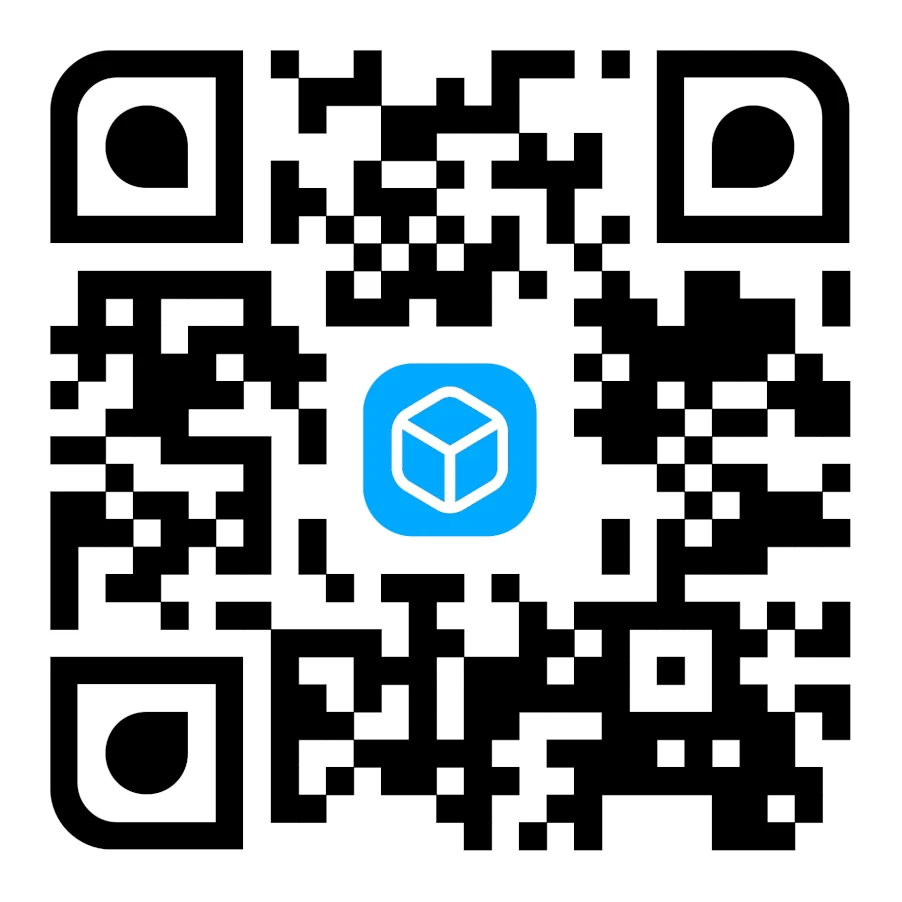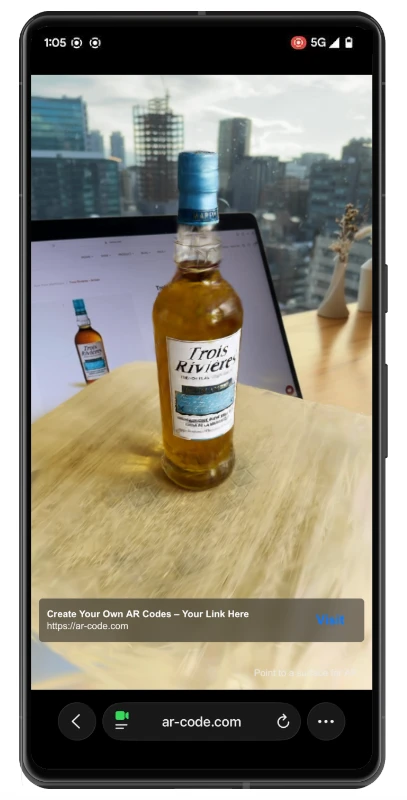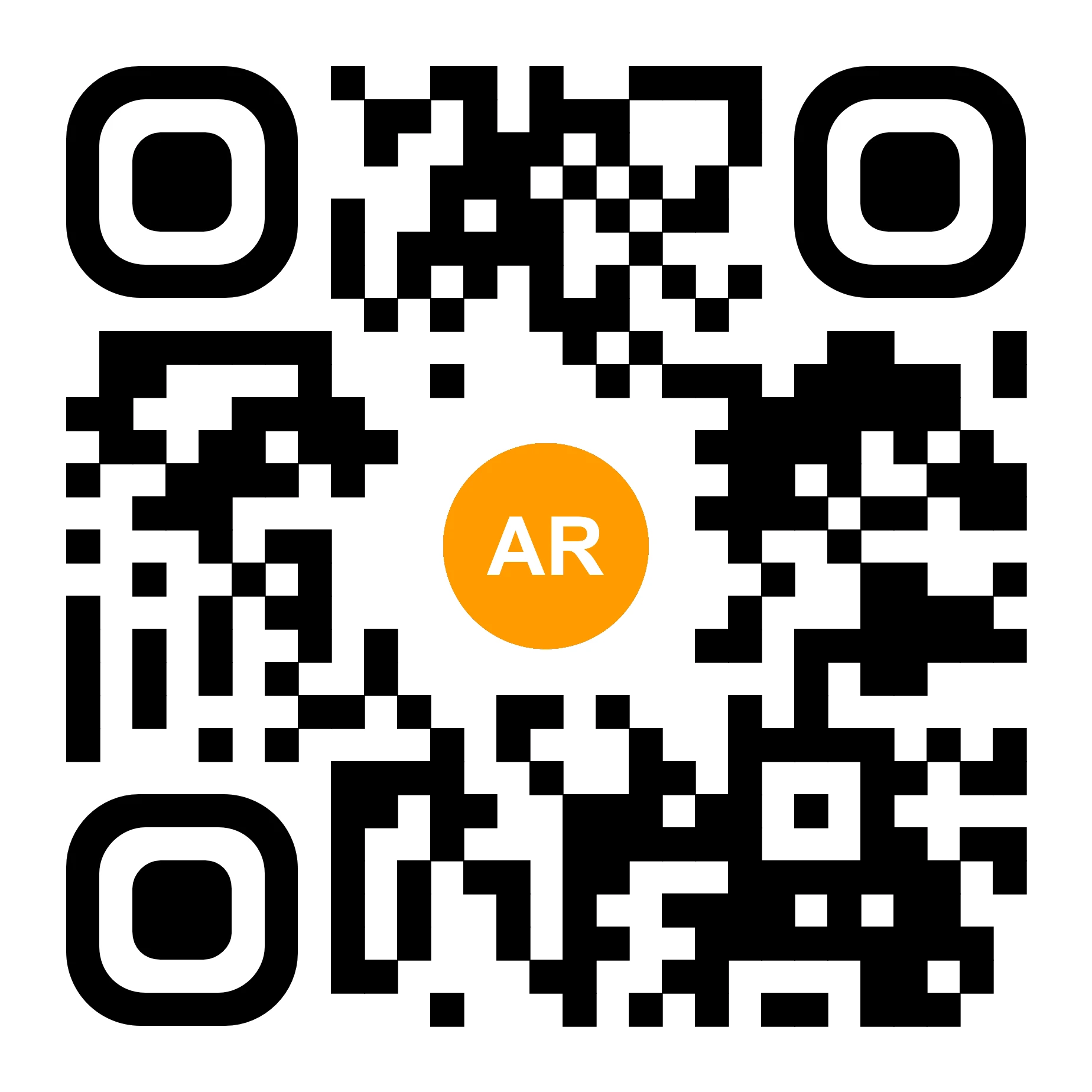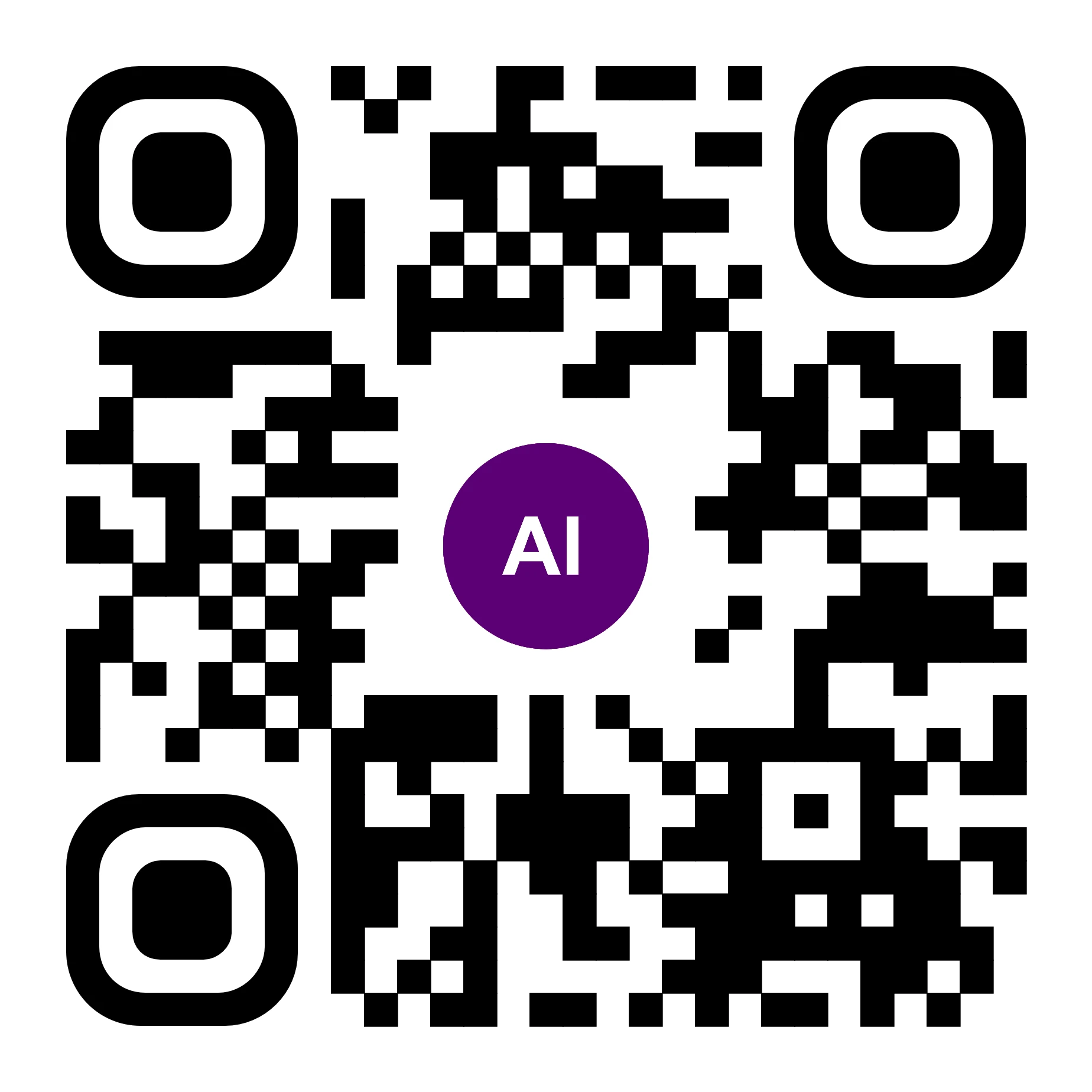VIDEO TUTORIAL: How to compress / reduce the size of an industrial 3D CAD model with MeshLab and Blender?
Tutorials | 01/12/2025 |
Enhance your business growth and stand out in your industry by adopting AR Code SaaS solutions for immersive augmented reality experiences tailored to your company. Leverage high-performance 3D models and master critical techniques, such as 3D model file size optimization in Blender, to deliver visually impressive, high-definition 3D CAD content in your AR projects. To get started, discover how to scan AR codes for seamless integrations.
AR Code supports importing an extensive list of 3D CAD file formats, including STL, OBJ, STP, IGS, OFF, GLTF, GLB, WRL, and BREP, providing smooth AR deployment for every business sector.
Unlock Industrial 3D CAD Models with Augmented Reality
In manufacturing and industrial environments, Computer-Aided Design (CAD) is essential for detailed 3D modeling. Design with industry standards like Fusion 360 Autodesk, Solidworks, and CorelCAD to create dynamic AR experiences for your enterprise. See how AR Code transforms industrial companies and drives operational efficiency.
Optimize Industrial 3D Models for Superior AR
Unlock peak AR performance for your CAD models with AR Code’s powerful features. Start by reducing vertices in your CAD software to boost speed and responsiveness. Use CAD Assistant, MeshLab, Blender, and Gimp for further optimization and visually striking AR content. Explore effective industrial 3D CAD model compression techniques for web AR success.
Step 1: Convert Non-Annotated CAD Models with CAD Assistant
CAD Assistant is the professional, free CAD file converter every business needs. Download it from https://www.opencascade.com/products/cad-assistant/ and export your 3D model to .OBJ format as the first step in your AR workflow.
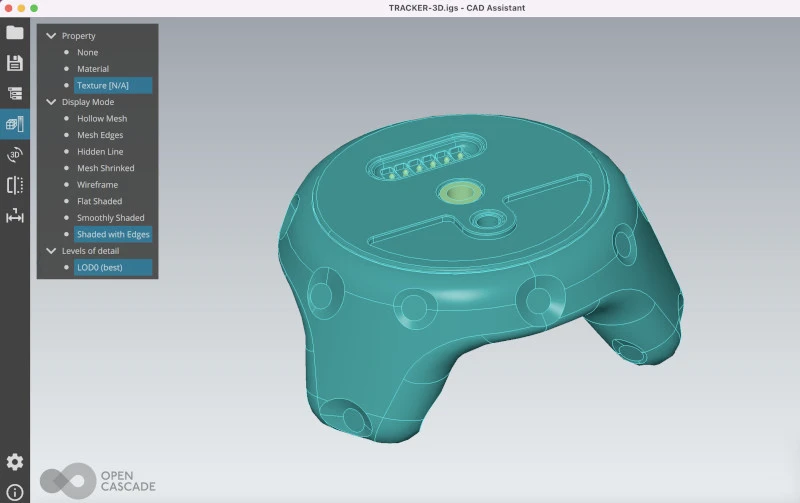

Step 2: Refine Your 3D Model with MeshLab and Blender
Ensure real-time AR rendering and top texture quality using MeshLab and Blender for model refinement. Implement Blender decimation methods to create rapid, scalable AR-ready assets for business applications.
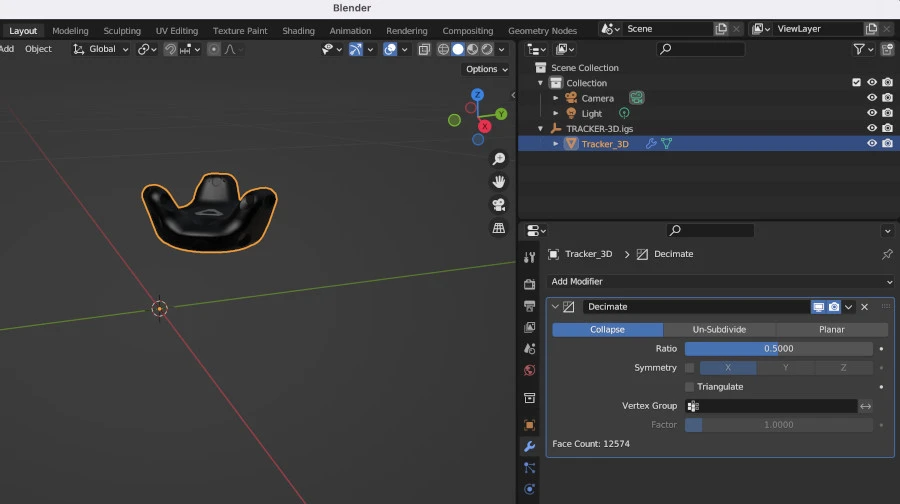
Step 3: Enhance Texture Performance with Gimp
Accelerate loading times and boost AR clarity by processing your model's textures in Gimp. Resize and export images in optimal formats, ensuring fast, engaging AR scenes that keep your business competitive.
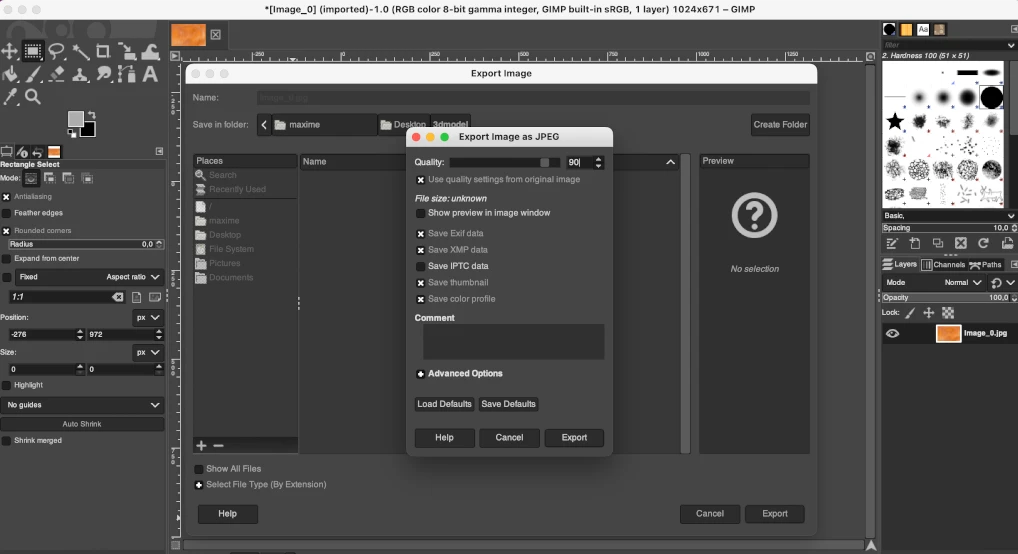
Step 4: Export as .GLB for Effortless AR Code Upload
Import your optimized .gltf model into Blender, perform any required decimation, and export as .glb for efficient upload to AR Code via the 3D File Upload platform. Manage your assets with ease by following these strategies for controlling 3D model file size limitations.
Supercharge Your Business AR with AR Codes
Deliver immersive, branded AR experiences to engage customers and partners. Integrate AR Code’s 3D File Upload, AR Photos, and AR Videos to elevate product presentations and interactive marketing. Learn to leverage AR Codes in product catalogs and maximize results with custom AR experiences. Discover more about AR Code for interactive advertising and innovative marketing opportunities.
Video Guide: Compress Your CAD 3D Models for AR
Advance your skills with our step-by-step video, showcasing proven Blender and Gimp techniques to shrink 3D model file sizes for efficient AR. For a complete breakdown, follow this 3D file conversion tutorial to streamline your workflow.
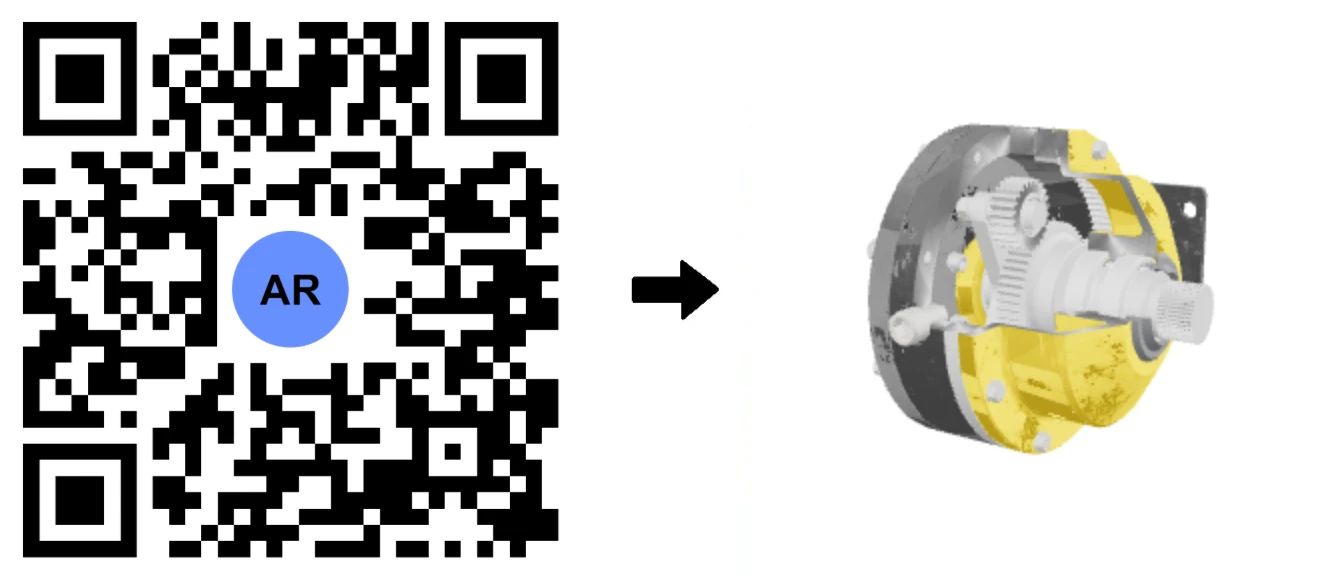
AR Code: The Business Solution for 3D Modeling and AR
Drive innovation and customer engagement with AR Code’s comprehensive 3D modeling tools. Empower teams to create interactive digital content using features like AR Portals and Object Capture. Gain a competitive edge with AR Face Filters and AR Logos. Explore industry-specific innovations for your business, including augmented reality in real estate, learn how AR Code enhances museum experiences, and discover the potential of AR Codes in smart cities.
Frequently Asked Questions
What are industrial 3D CAD models and why are they used?
Industrial 3D CAD models are precise, digital representations critical for design, simulation, and visualization in modern industry. Create streamlined production workflows and improve planning accuracy with these models. Learn more in our guide to AR Code for industrial manufacturing.
How can I convert my 3D model using CAD Assistant?
CAD Assistant is a free, user-friendly tool for businesses to convert a range of 3D model formats. Download the software at https://www.opencascade.com/products/cad-assistant/ and start by exporting your CAD model as .OBJ for optimal AR readiness.
What is 3D model decimation and why is it important?
3D model decimation means reducing mesh vertices to decrease file size while maintaining visual accuracy, which is crucial for speed and performance in AR. For an in-depth demonstration, watch our video tutorial on AR model optimization.
How to compress the textures of a 3D model with Gimp?
Optimize your AR model’s performance by processing exported texture images with Gimp, resizing and reformatting them for improved load times and quality in web-based AR.
Tutorials - Latest Blog Posts
Tutorial on Leveraging the AR Code API Key

Boost your business growth and digital transformation using AR Code SaaS solutions—the advanced platform for seamless, scalable augmented reality integration. Empower your team with our AR Code API key tutorial and discover how AR Code streamlines AR content creation, automates workflows, and delivers engaging,...
How to Create a Customized AR Code Experience?

AR Codes revolutionize customer engagement by delivering interactive, immersive augmented reality experiences that help businesses stand out in a competitive digital market. AR Code’s advanced custom pages empower brands to design a memorable journey at the moment a user scans—instantly showcasing your unique...
How to Manage the File Size Limitation for 3D Models on AR Code ?

Drive business growth with powerful augmented reality by adopting AR Code SaaS solutions. AR Code lets your company quickly add advanced AR and 3D experiences to products, marketing materials, and branded messages, helping build engagement and elevate customer interaction. Optimizing 3D model file sizes is essential...
VIDEO TUTORIAL: How to make a 3D Model optimized for Augmented Reality with AR Code?

Elevate your business with AR Code SaaS solutions by seamlessly integrating immersive augmented reality (AR) content using optimized 3D models. This guide reveals how to prepare and enhance 3D assets in Blender to maximize your marketing, customer engagement, and interactive AR experiences. Discover how AR Code...
VIDEO TUTORIAL: How to convert a 3D CAD model from STP STEP or IGS IGES formats to GLB or OBJ

3D CAD models are fundamental for advancing innovation in industries like industrial manufacturing, real estate, creative agencies, and product design. Modern CAD platforms improve project efficiency, accuracy, and collaboration. Integrating AR Code SaaS solutions lets businesses bring 3D CAD models directly into...
VIDEO TUTORIAL: How to compress / reduce the size of a 3D model in Blender (GLB, GLTF, DAE, FBX, OBJ...)?

Blender is a powerful open-source 3D software trusted by professionals and businesses for high-quality 3D graphics, animation, and visual effects. Its compatibility with major formats—GLB, GLTF, DAE, OBJ, ABC, USD, BVH, PLY, STL, FBX, and X3D—makes it indispensable for businesses looking to streamline 3D modeling,...
VIDEO TUTORIAL: How to Display a 3D Scan Photogrammetry in Augmented Reality with an AR Code
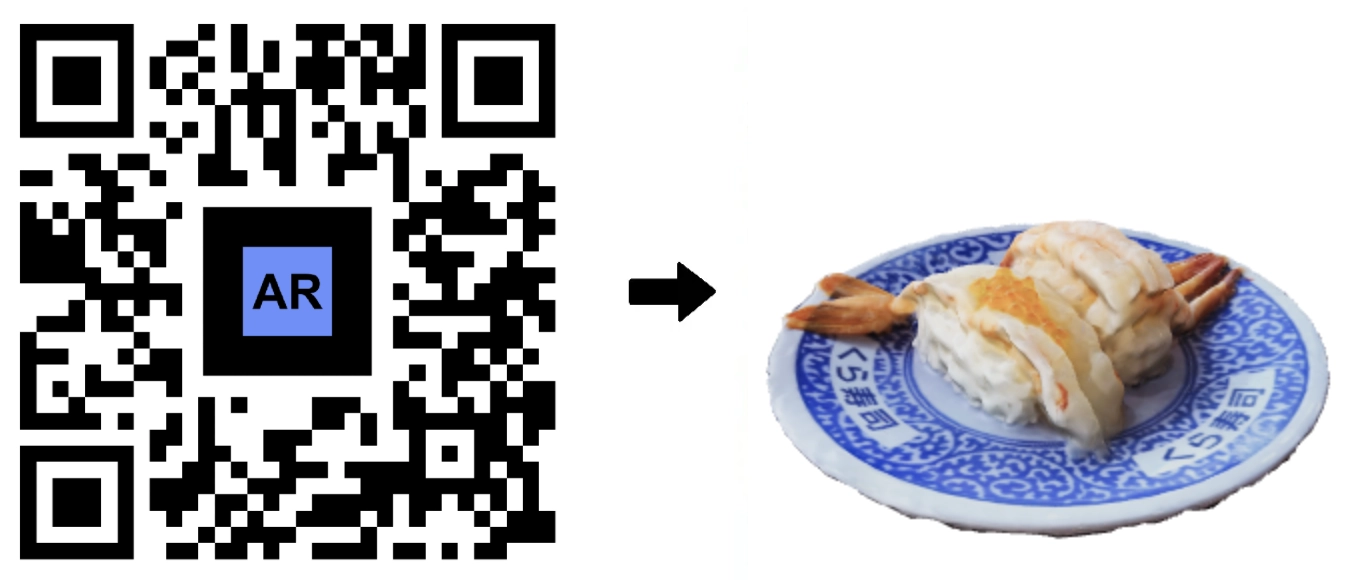
Unlock powerful business growth by using AR Code’s SaaS solutions for seamless photogrammetry uploads and immersive augmented reality rendering. With AR QR Codes, your organization can transform how customers engage with your brand—driving higher conversion and delivering memorable interactive experiences. Upgrade...
VIDEO TUTORIAL: How to create an AR Portal and anchor it with an AR Code?
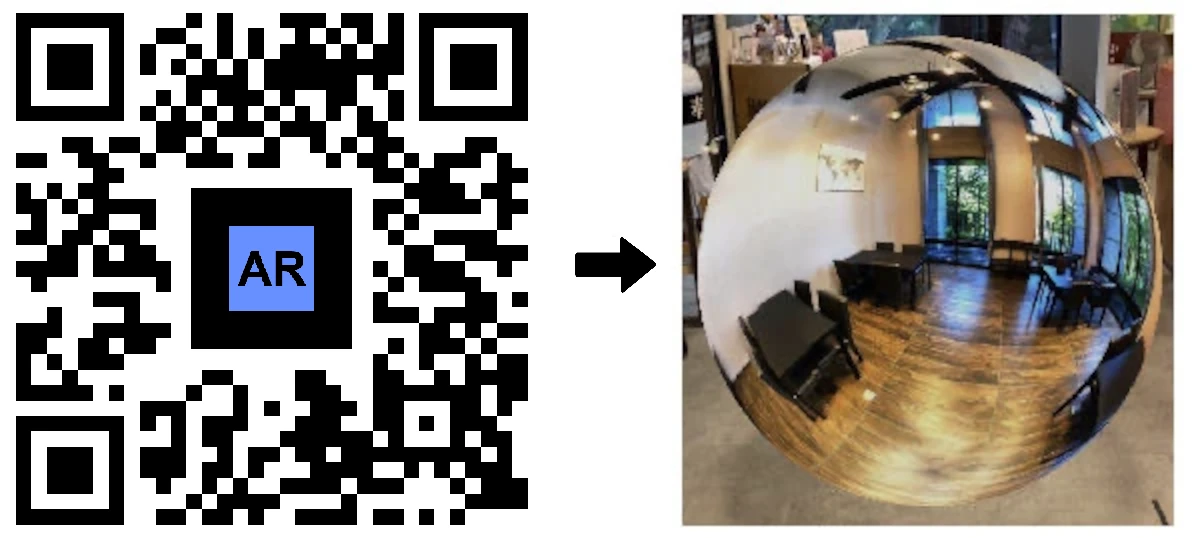
AR Portals are revolutionizing how businesses engage customers by delivering immersive augmented reality that boosts engagement and conversions. With AR Code SaaS solutions, you can showcase products or services through interactive, dynamic presentations that help consumers make informed decisions and inspire lasting...
VIDEO TUTORIAL: Generate 3D Text on AR Code

Enhance your business communication, marketing, and educational outreach with AR Text, a cutting-edge feature from AR Code. Transform text into eye-catching 3D AR animations to boost audience engagement and elevate your brand. AR Text delivers interactive experiences for businesses, educators, and creative...
VIDEO TUTORIAL: Create an AR 3D Photo on AR Code
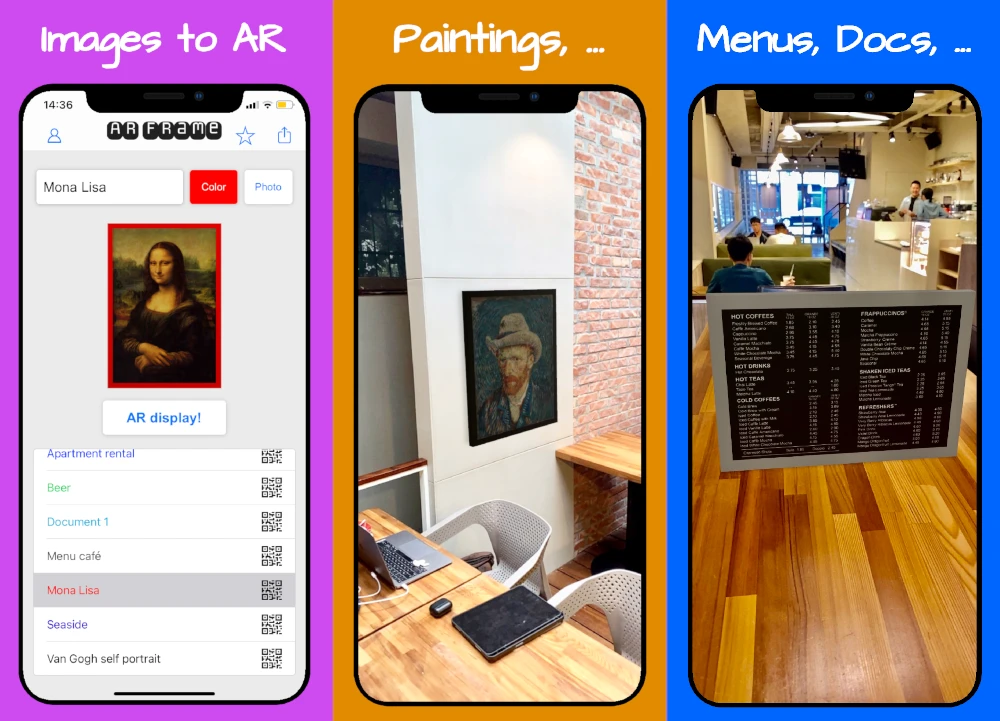
AR Code is transforming 3D Augmented Reality photography for businesses with user-friendly, industry-leading tools that streamline AR photo creation and sharing. Our advanced AR Code SaaS solutions enable businesses worldwide to generate and share captivating AR QR Codes that drive customer attention and...
145,008 AR experiences
546,244 Scans per day
128,125 Creators

